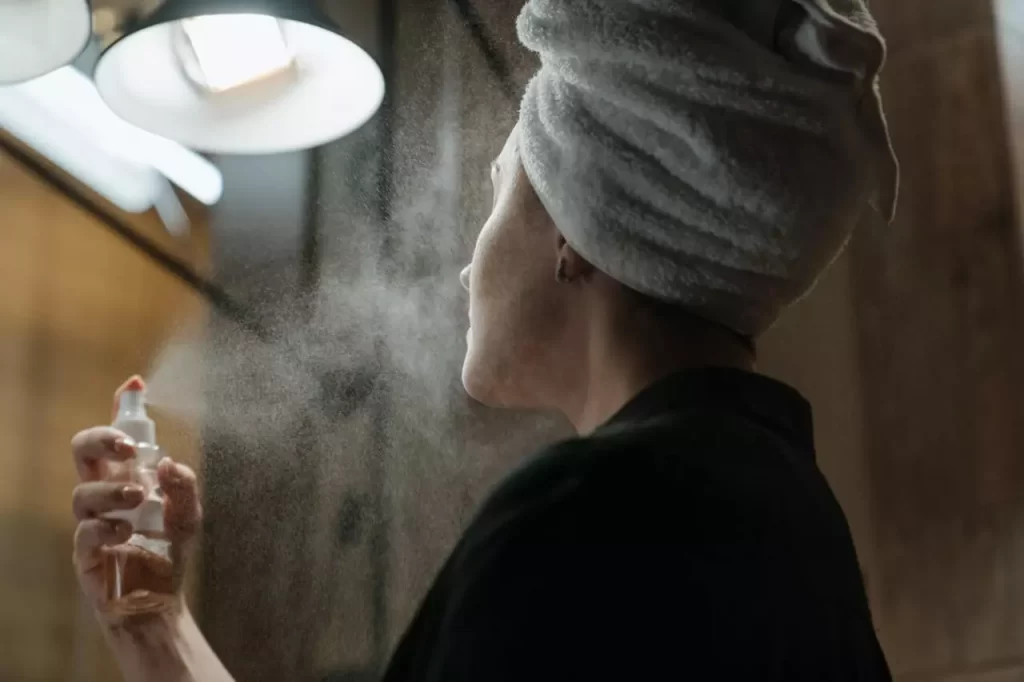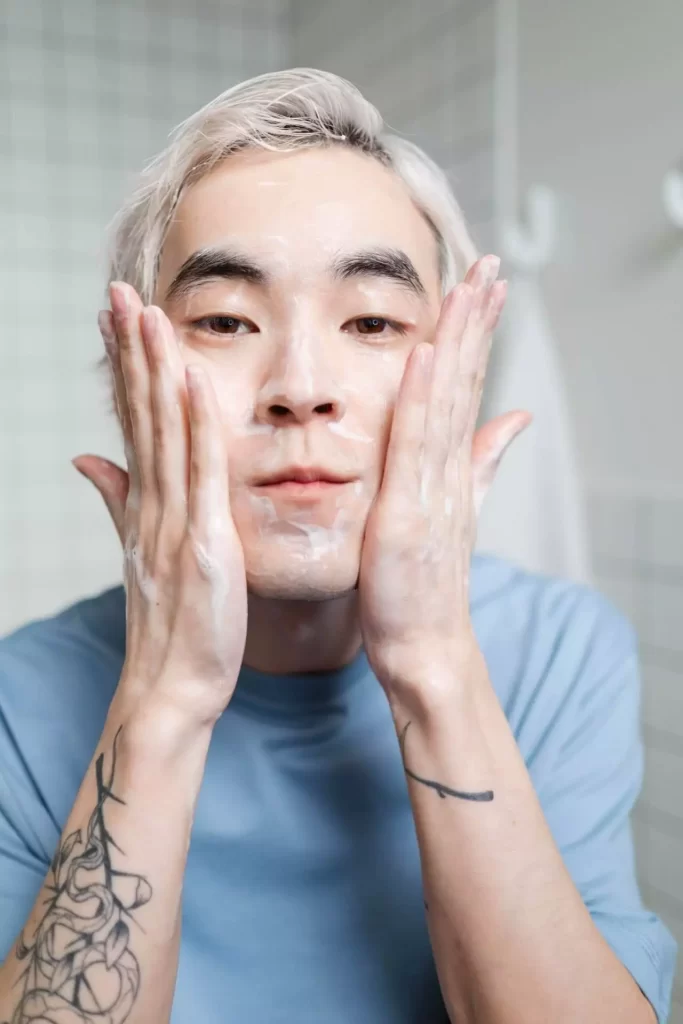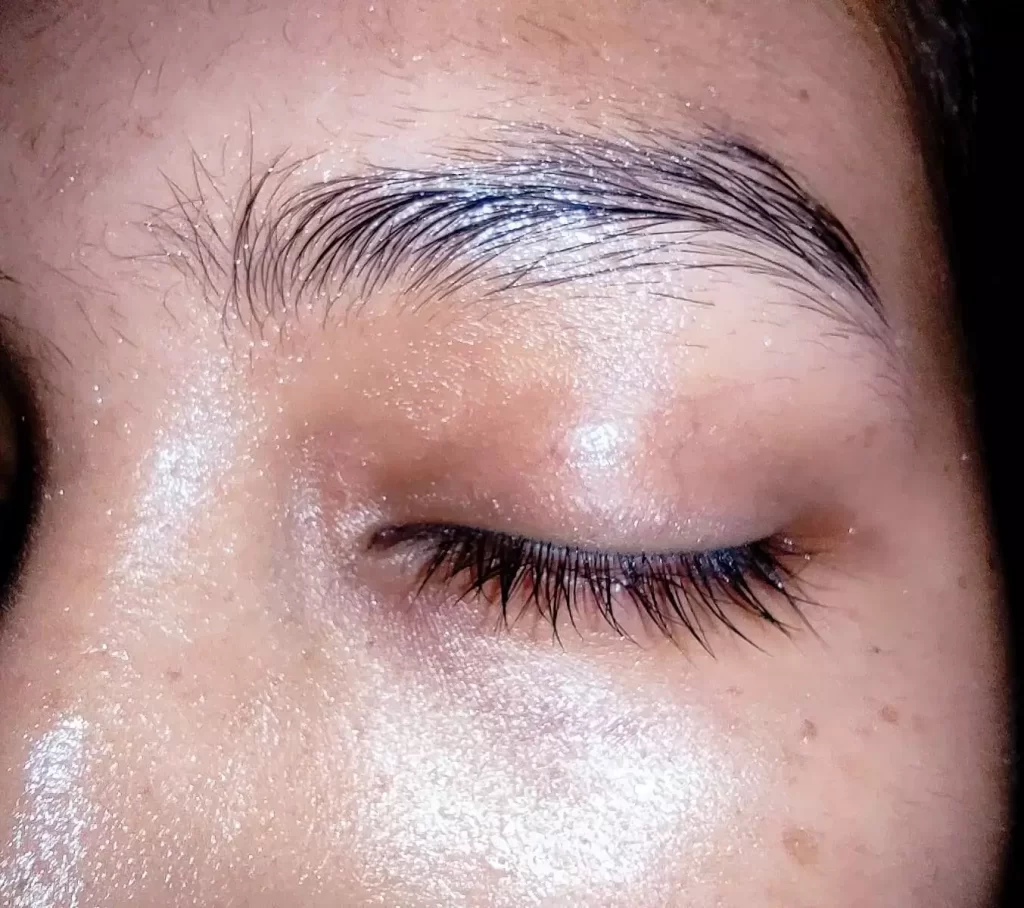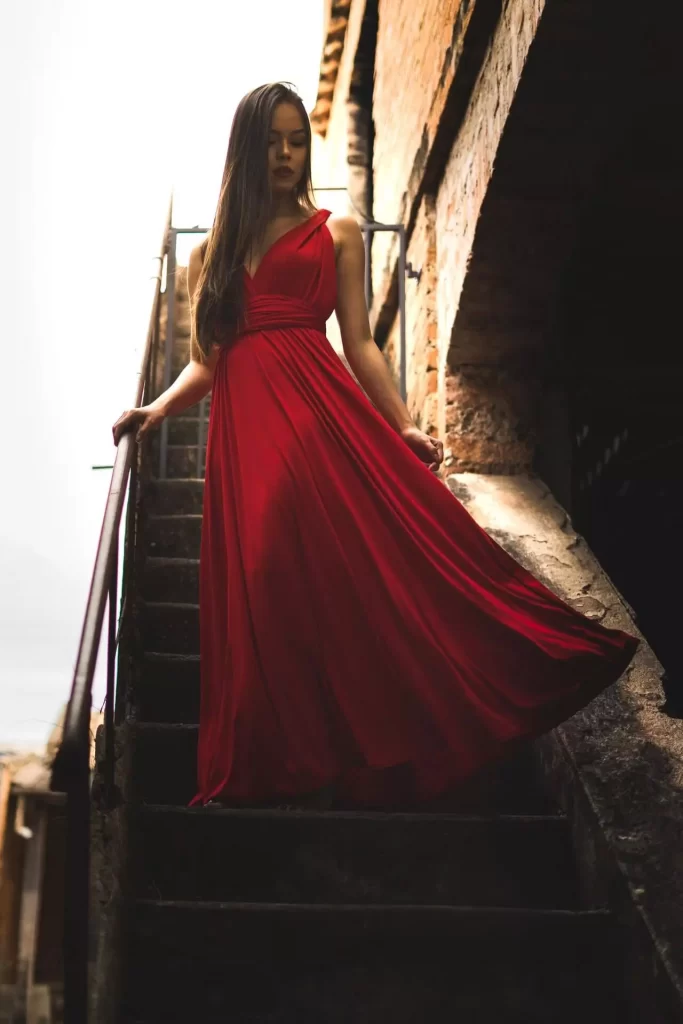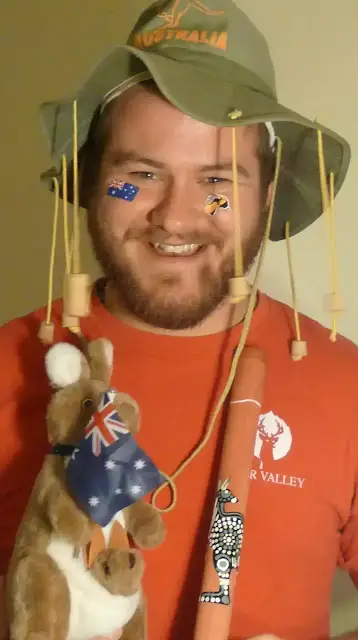In pattern making there are many tools. But you do not need them all. From starter to professional using of tools extend. You can find these tools mostly on Amazon or go find them in local stores! Because why not support small businesses?
Till now we know a little bit about HISTORY OF PATTERN MAKING, METHODS USES IN PATTERN MAKING. We also know BASIC TERMS USE IN PATTERN MAKING. Here I listed so many tools and you probably do not need them all. So make sure you read before you’re purchasing.
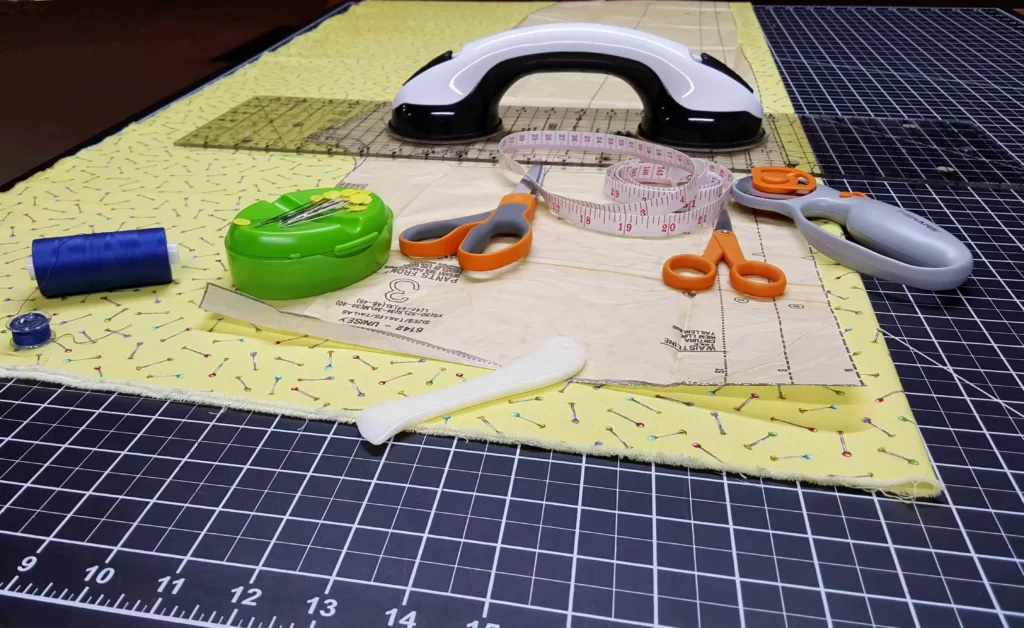
Tools for Pattern making
- Pencil & Rubber
- Grey Lid & Colored Pens
- Tailor’s Chalk
- Pattern Paper
- Carbon Paper
- Pattern Cardboard
- Fashion Ruler
- Set Square or L Square
- French Curve & Hip Curve
- Half Scale Ruler
- One Meter Grading Ruler
- Paper & Fabric Scissor
- Pinking Shears
- Forceps
- Pattern Notcher
- Tracing Wheel
- Pattern AWL
- Pattern Drill
- Measuring & Style Tape
- Masking tape
- Glue Stick
- Muslin & Calico
- Dummy
- Pressing Equipment
- Hand Sewing Needls & Machin Needles
- Sewing Pins
- Thread
- Bobbin and Bobbin Case
- Seam Ripper
- Sewing Machine
1. Pencil & Rubber
Do you know that most beginners use the wrong pencil? Right. Keep mechanical pencils for a sharp look on paper. Who has time to sharpen a pencil multiple times while drawing, right? When it comes to pencils choose a hard pencil before HB, like 2H-4H don’t go over HB pencils because they are wide and smudgy. Of course, they are good for paintings but not for drawing patterns. Nobody wants smudgy patterns right? But remember to keep mechanical 0.7 leads pencils to finishing touches.
Choose a good quality, soft eraser, don’t hesitate. A bad-quality eraser can destroy your whole sketch. In the market, there are available thin and narrow pointed erasers called skinny stick erasers, buy them.
2. Colored Pens
After making your whole drawing you need a colored pen to mark grainline in any color like red. Because red is the most eye-catching color. Use a black pen to write down your style name because that will look professional rather than using the same color red.
3. Tailor’s Chalk
Tailor’s chalk is needed later for marking on cloth. Get yourself different colors for more accurate marking so you don’t mix them! Use light colors chalks for light fabric and vise verse. Don’t worry these marks will easily wash out.
4. Pattern Paper
Pattern papers are used for making 2D patterns which mean drafting. This is the first version of the pattern you make. Buy a 50m roll of it, because you gonna need these a lot. So, You may need two types of Pattern papers mainly, heavyweight and medium weight. Mediumweight pattern papers are softer, white in color, used for first paper patterns. Heavyweight pattern papers are used for making slopers and are beige. Keep your pattern papers flat, folding may leave marks on paper.
5. Carbon Paper
Carbon papers are coated with wax on one side. You will need these papers to transfer paper lines onto the test cloth. Use yellow colored carbon paper, black or blue may leave a stain on the cloth.
6. Pattern Cardboard
Pattern cardboard is used to cut out blocks. You will need them to make front and back bodices, front and back skirts, or pants.
7. Fashion Ruler
Fashion rulers are also called Pattern masters. So don’t worry if you heard Pattern master it is that. Fashion rulers are measuring tools with one straight side and one curved side. You will need them to draw straight, perpendicular, armhole lines. Fashion Curves are the newer version of Fashion rulers. They are thinner, longer, narrower, and more flexible. If you can’t find this in the market don’t worry there are alternatives. You will need an L Scale, and a French Curve.
8. Set square or L Square
L square is a wooden or plastic ruler with 90 degrees angle in between. It has 3 sides like a triangle. Like L shape, One side is smaller than the other one. So the other two angles are more and less than 45 degrees.
9. French Curve & Hip Curve
A French curve is also known as Leg Curve. It is a plastic curved scale used for making armholes and necklines. It has different degrees of curves which are perfect for different types of designs.
Hip Curves are similar to French curves but more profound with the less shallow curves.
10. Half Scale Ruler
You will need it if you’re a student because you will practice a lot and not make full-sized designs or designs to sew fabrics for a garment. For example, if a dress length is 155 cm You will probably make a 30 cm pattern for practice. And then you will need it.
11. One Meter Grading Scale
A basic one-meter ruler, the longer version of a scale you have used your entire life. Yes, you need it to make grain lines, modify patterns, add long lines of seam allowance, drafting.
12. Paper and Fabric Scissors
Buy a small 6-inch scissor for cutting papers. Keep separate scissors for cutting fabrics which will be 9-10 inches. Please try to buy everything in good quality in branded. Because these tolls will run long. Use a brass-handled scissor for cutting fabrics. You may also buy a smaller fabric scissor for clipping and notching the fabric.
13. Pinking Shears
Pinking Shears are the zig-zag balded scissors (for your easy understanding). You will need it for finishing seams
14. Forceps
You need Forceps only for threading. Forcep is s small clipper holding tool.
15. Pattern Notcher
Pattern notcher is a tool for small cuts or nicks on blocks. There are dart notches which makes it very easy to transfer the notches from blocks onto pattern paper.
16. Tracing Wheel
You will need a tracing wheel for marking through the pattern to fabric. A tracing wheel is a spiked wheel with a handle. You can use carbon paper along with a tracing wheel to transfer lines from paper pattern to fabric.
17. Pattern AWL
A pattern AWL is very useful when it comes to pivot patterns around, pivot darts, and fabrics. It is also used to transfer dart points and drill holes from blocks onto the paper patterns.
18. Pattern Drill
Pattern Drills are good for marking the positions of darts, pleats, and gathers. By pattern drills, you can make proper circle holes on paper, cards, fabric and leave a mark where the key points are.
19. Measuring & Style Tapes
You will definitely need a measuring tape to measure longer distances. Style tapes are narrow knitted tapes to mark style lines like waistline on the dress.
20. Masking Tapes
Buy a non – tacky masking tape, you’ll be able to peel it away after finishing your sketch. These are very useful for temporarily attaching paper sections together or holding a garment piece on paper for tracing them off.
21. Glue Stick
I prefer Masking tapes. But you may also use Glue sticks for temporarily holding papers.
As, now we have finished our pattern work it’s time to test fit, sewing making garment right? You don’t need these all I am gonna discuss here but let’s know these tools for later uses. Don’t need to buy them now.
22. Muslin and Calico
Muslin is an untreated, cheap cotton fabric used for test fits. It is basically white in color and available in various weights. Calico is a cheap, non-stretch basic fabric for test fit too. You can draw directly on these clothes. But you’re probably thinking about how to choose right? Muslin cloth is much finer than calico and comes in various weights. If you are looking for a strong fabric that is more durable choose Calico. Muslins are best for delicate garments. Though both you will use for test fit, I’ll suggest starting with the cheaper one as you’re a beginner. Muslins are easily available.
23. Dummy
Dummy is also known as a dress stand or a dress form. You need this for test fitting but you don’t need to buy your own because these are highly-priced. Your institution will provide these to use. Once you have your investment ready and starting a professional journey or you will be ready for advanced draping techniques you may buy a dummy.
24. Pressing Equipment
You only need pressing equipment for creating a perfectly finished project means garment. There are two types of iron, Steam and Dry Iron.
25. Hand Sewing Needles & MAchine Needles
These are the basic needles probably available in every household. These are only needed for finishing the hemlines, attaching buttons, embroidery works.
Machine needles are special needles, especially for sewing machines. These needles can be thick and thin. What you will need is based on fabric thickness. For medium-weight cotton, you may need needle number 90 while for cambric you will need 75 number needle. Needles will be even different for different machines. For the Juki machine, it is advisable to take the Organ or Groz Beckert needle.
26. Sewing Pins
A pin cushion and sewing pins you need to trace off foldings. Pin the two paper layers together to make cutting easy without moving the bottom layer.
27. Thread
Buy strong, durable, and stretchy threads of cotton or polyester. Spun polyesters are good because they don’t break while stitching and are very strong. Vardhman and Coats are good brands of thread. Thread counting also depends on the fabric. For medium cotton use 50s number thread. For topstitching on denim must use thicker threads.
28. Bobbin and Bobbin Case
A bobbin is a metallic spool, which holds the thread and is fixed into a bobbin case. In the sewing machine, the stitch is made by catching the bottom thread from the bobbin, with the top thread.
29. Seam Ripper
The seam ripper is used for ripping seams as the name is suggesting. It is a small hand tool, with a sharp and curve front for cutting seams open.
30. Sewing Machine
Finally, We came to the sewing machine. You don’t actually need it. That is what you are thinking right? There are different types of sewing machines. For now, we don’t need it, we will know about sewing later. But remember when it comes to the tools used in pattern making, a sewing machine is counted.
TIPS: Don't buy before knowing clearly. Don't invest. Some are costly. Ask your teacher for helping you with what you need as a beginner. Of course you are, why an expert will read this! 😄
Read more on PATTERNS! THE HISTORY OF PATTERN MAKING METHODS OF PATTERN MAKING BASIC PATTERN MAKING TERMINOLOGIES BODY MEASUREMENTS GUIDELINES AND PROCESS SIZE CHARTS - WOMEN STANDARD BODY MEASUREMENTS PATTERN INFORMATION: SEAM ALLOWENCES - GRADING

